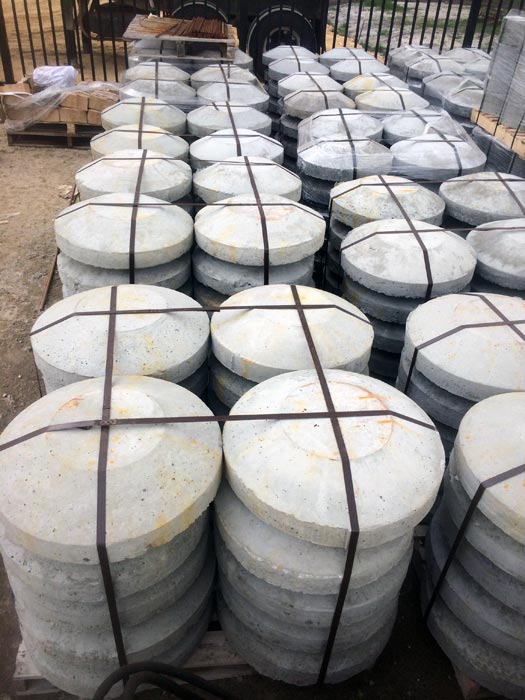Concrete strip footings are structural constructions that line the perimeter of a structure and provide lateral support to the underlying foundation. Concrete strip footings are used in many different ways and in our physical landscape, they can be found on bridges and parks. For both footing designs; analysis was conducted to conduct an almost infinite number of finite quality checks.
Concrete strip footings can be used to support a wide variety of structures. Whether you're looking for a stable foundation for a new home, or need an extra layer of protection for an existing one, concrete strip footings are a great option. You can also know more about precast concrete footings in Perth via Action Solution.

Concrete strip footings offer an economical means of constructing foundations that are both strong and lightweight. They also have the ability to withstand a higher degree of loading than traditional footings, which can make them a better choice for locations that are vulnerable to earthquakes or other natural disasters.
Moreover, concrete strip footings can be constructed in a matter of hours using simple construction tools and equipment, which makes them an attractive option for projects that require rapid completion. A concrete strip footing is a type of foundation that consists of a horizontally-striped reinforcement netting anchored to the ground at intervals with steel rebar.
It's important to correctly design and install a concrete strip footing in order to ensure that it's adequately forgeable. When tested in a shear test, a concrete strip footing can shear if the reinforcing bars in the netting are not anchored properly. This might be due to an inconsistency in the installed rebar, poor installation techniques, or structurally inadequate soil conditions.
